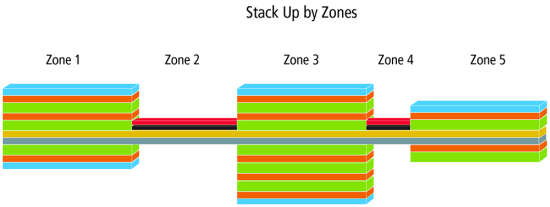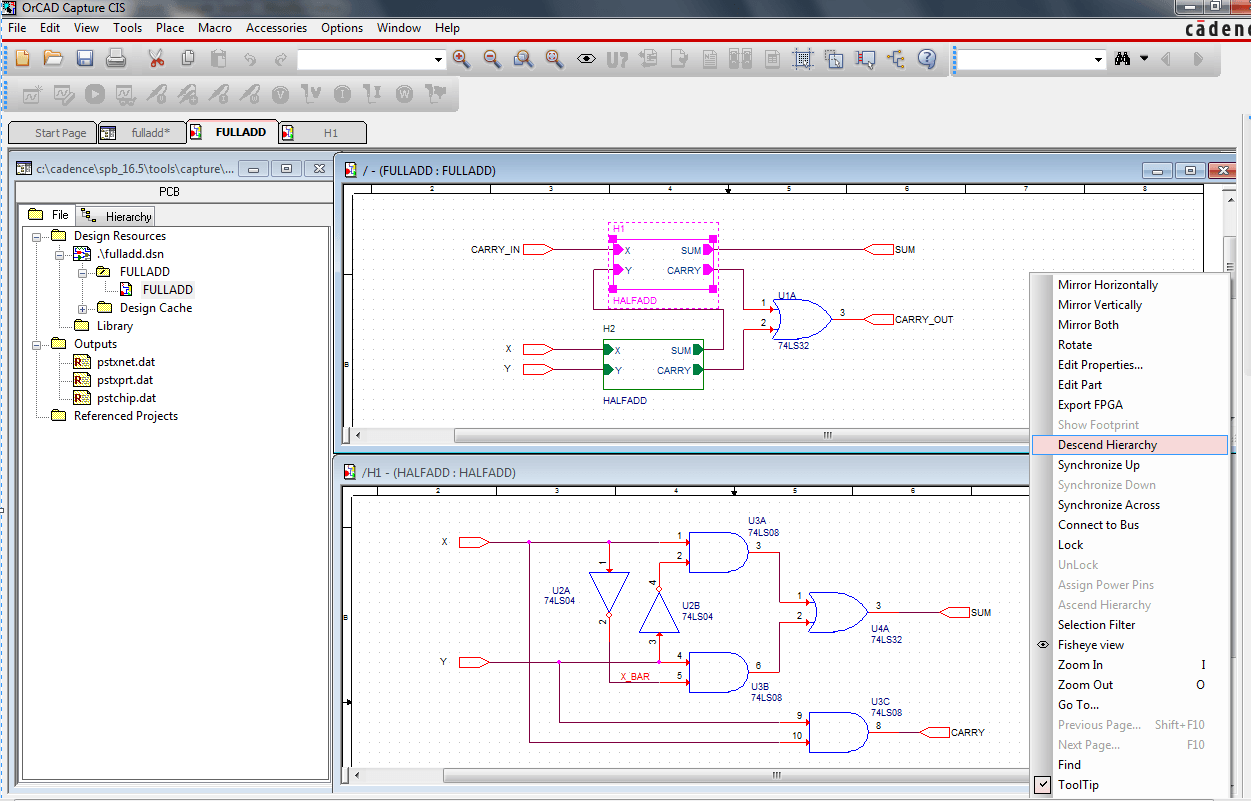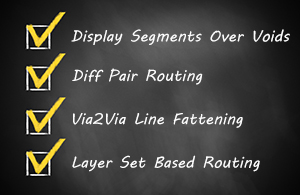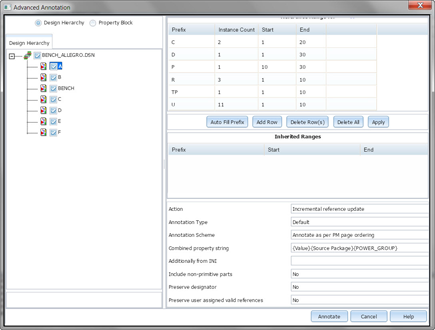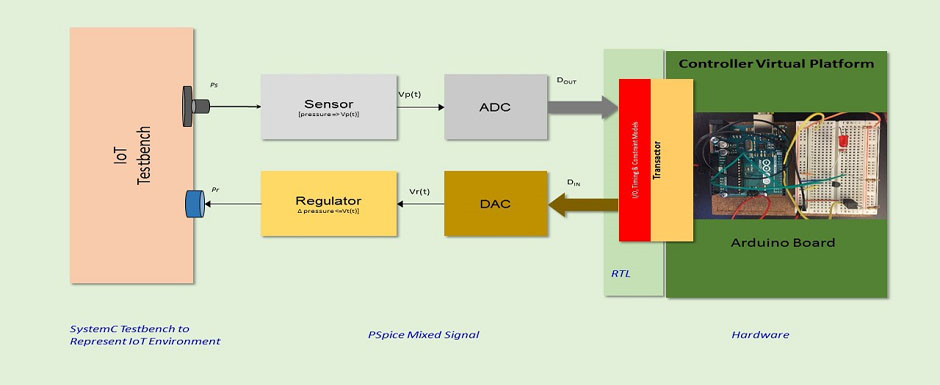New Padstack Editor
A new Padstack Editor has been introduced in OrCAD PCB Editor 17.2-2016 to ease padstack creation through a new modern user interface. In addition to supporting new pad geometries, drill types, additional attributes, and additional mask layers ability to define keep-outs within the padstack with complex geometries for all objects, the new capabilities allow PCB librarians to help PCB designers streamline the design process for complex padstacks, and also the commonly used padstacks.
Click on the image to watch Demo Video


